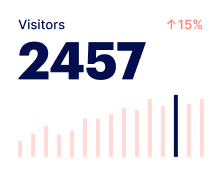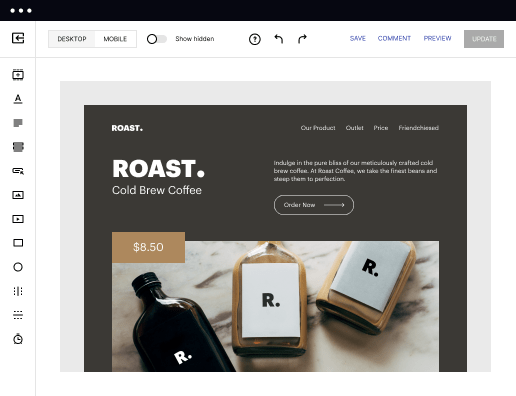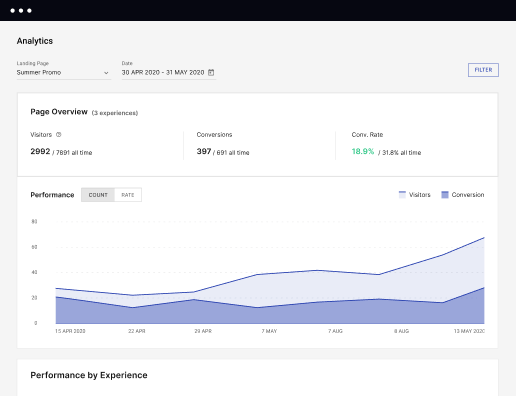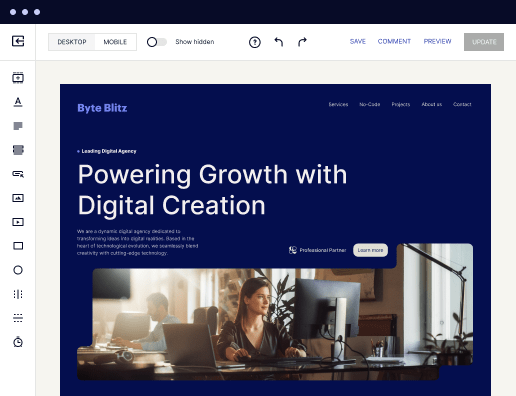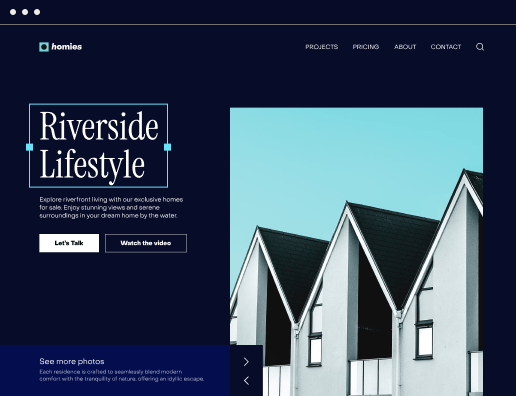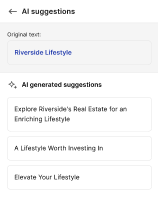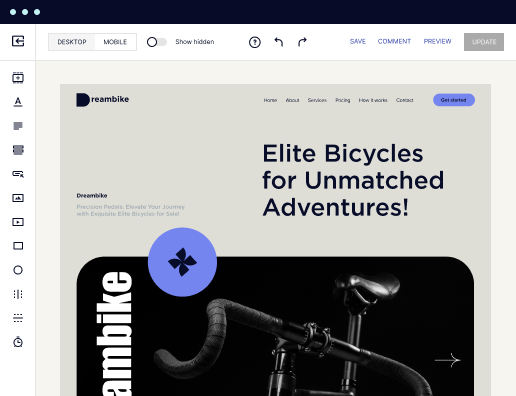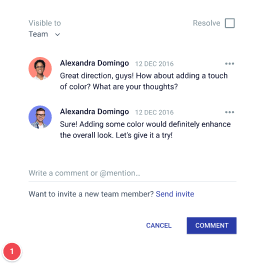Optimize your landing pages with Django form generator
Use cutting-edge technology to build smarter, more effective forms. Our Django form builder simplifies creation and maximizes conversions.
Django drag and drop form: Your ultimate how-to guide
Are you looking to enhance your online marketing strategy? Instapage's form builder allows you to create effective forms that convert visitors into leads. With its user-friendly interface, even those new to digital marketing can start crafting custom forms that meet their needs. Let’s explore how to use the Django form builder effectively.
Steps to use the Django form builder
- Get a free Instapage account and sign up for a free 14-day trial.
- Configure your account and provide your company details.
- When in your account, click Assets -> Forms -> Create Form.
- Create your form from scratch and customize it to your needs.
- Choose various fields from the ADD FIELD menu from the left bar: add text, email, dropdown, radio buttons, etc.
- Use the FORM Settings and FORM Style menus from the right to set up and customize your form.
- Click SAVE to retain your changes or select CLOSE to discard your edits without saving.
By following these simple steps, you can create forms that drive conversions and enhance your marketing campaigns. Start your free trial today and unlock the full potential of Instapage's form builder!
Get more out of Python form builder feature
Improve your Quality Score with quick load technology for landing pages
Increase conversions with content that aligns with your ads and audiences
Achieve maximum ROI by scaling your marketing initiatives
Leading the way in building high-performing landing pages





Frequently asked questions about django where to create forms
See django forms builder feature in action
Ready to skyrocket conversions?
Supercharge your ad campaigns with high-performing landing pages.
Get started
